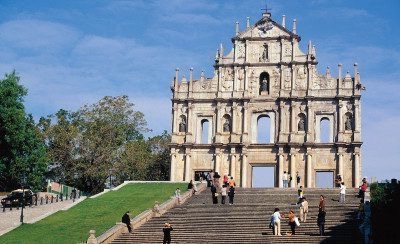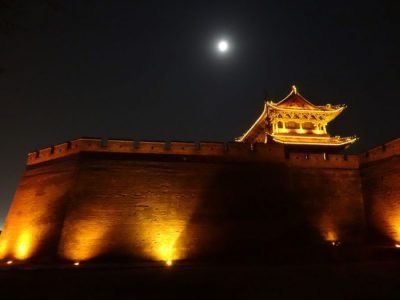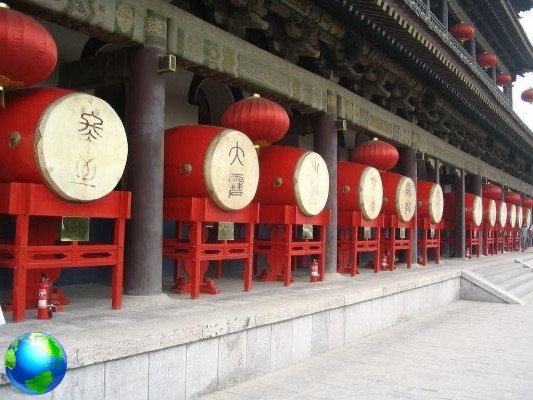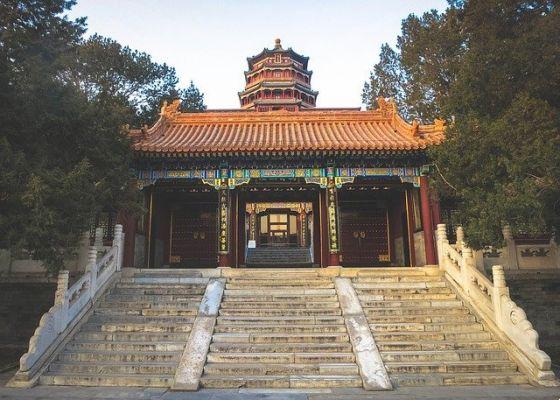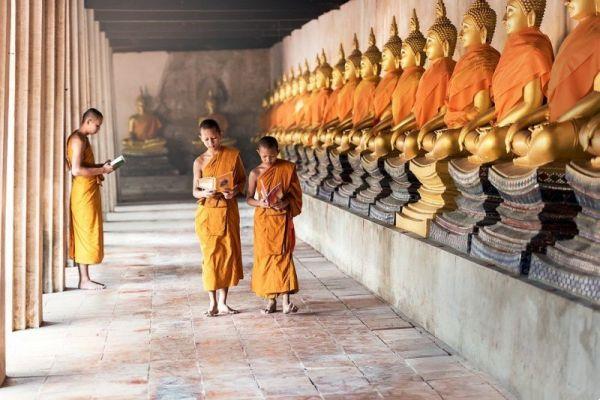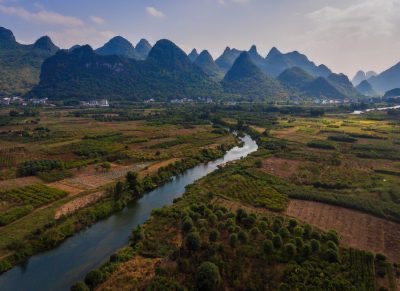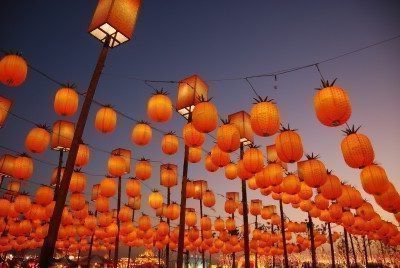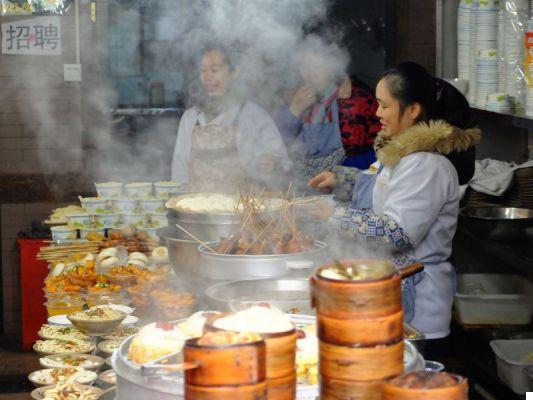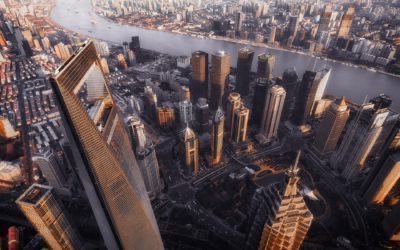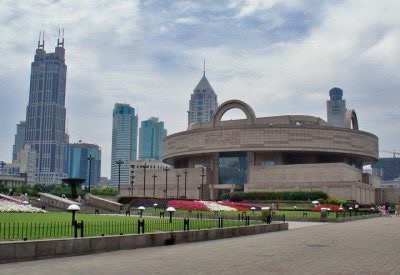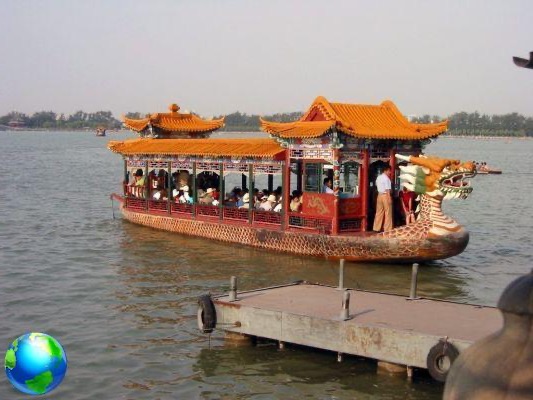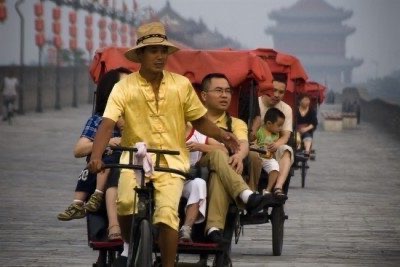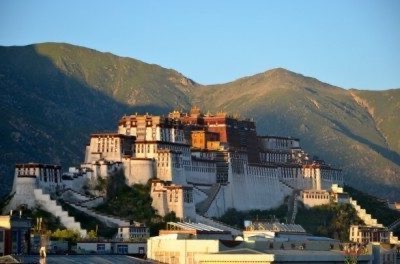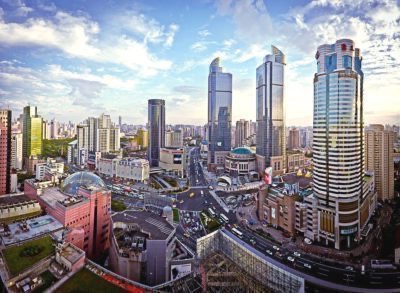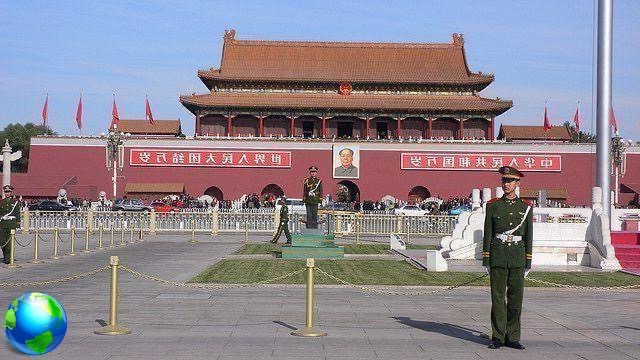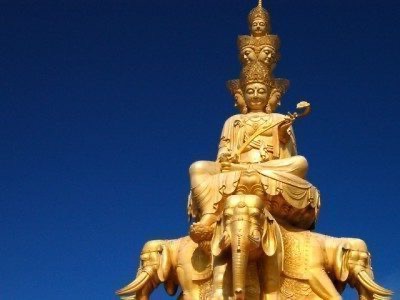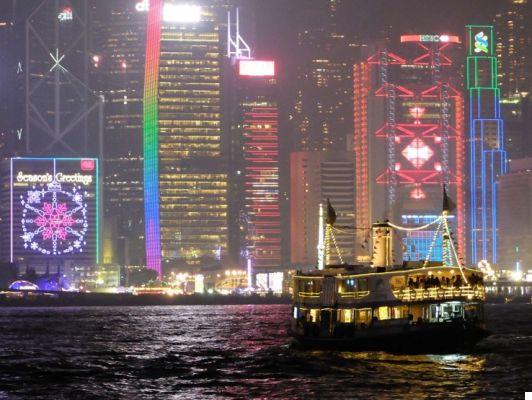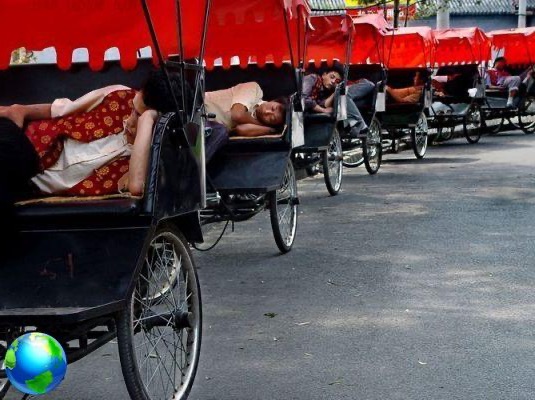China is an exciting destination full of history. In the article, the guide to discover the most interesting places in Datong and its surroundings!
After the visit to Pingyao, here we are towards the next destination: Datong.
We come to the little one Pingyao station where, between the curious eyes of the locals, we wait for our train. In fact, the best way to get to Datong is to take a train from some neighboring city. From Pingyao we take the basic train which leaves at 15.20 and arrives at 21.50. You can book second or first class, what they call it soft sleeper.
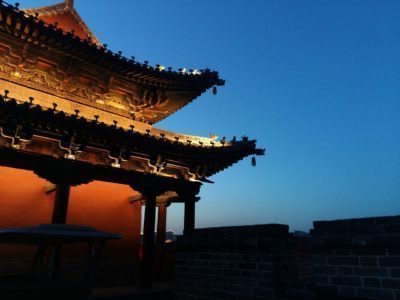
The second class is made up of cabins containing 6 seats (at € 15), but what we have noticed, in addition to being able to smoke everywhere, is that people also camp in the middle of the bunks, so the advice is to take the soft sleeper which for the sum of € 22 guarantees you a cabin with 4 seats. For the 4 of us it was perfect, including dinner with rice, chicken and Coca Cola.
The journey, even if long, quickly passed to look through the window, the super populous cities alternating with deserted countryside.
We arrive in Datong and go by taxi to our hotel: the Garden Hotel, an international structure located inside the walls. The same goes for Datong as for other Chinese cities, namely the historic center surrounded by ancient walls, wonderful at sunset.

1. The Yungang Caves
In the morning we get up early and go to visit the attraction that made Datong famous: the caves of Yungang, reachable in half an hour by taxi for more or less 40 yuan (5 €).
Yungang has a total of 252 caves which contain 51.000 statues and the whole area occupies about one kilometer and is divided into three sections.
The caves in the eastern part they all have a pagoda inside.
Those incentral area they have a Buddha statue in the center and the walls and ceilings covered with sculptures and carvings.
The caves in the western part they are mostly niches carved into the wall.

Inside the cave number 5 is the statue of Biggest Buddha: 17 meters high. In number 6 there are painted sculptures that narrate the life of Siddhartha. Noteworthy is the 14-meter seated Buddha from cave number 20.
The weather is not mild and the pouring rain lasts the entire time of the visit: more or less two hours.
We have a quick lunch in a nearby restaurant (the area is full of more or less the same restaurants).
2. Shanhua Monastery
Let's go back to the city where we go to see the Shanhua Monastery (50 yuan, 6 €):
The temple was founded during the early XNUMXth century of the Tang dynasty and has been refurbished several times over the years; today it is possible to visit three original rooms and two more recent pavilions. The largest room is the one near the entrance, dating from the XNUMXth century Liao dynasty, one of the largest of its kind in China.
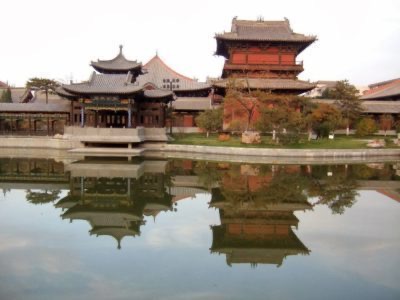
3. The Wall of Dragons
Another interesting attraction, in the city center, is the Wall of Dragons; three walls remain in this style in China, but the one in Datong is the oldest and largest, built during the Ming dynasty, (1271-1368) has nine dragons, each of which plays with a sphere.
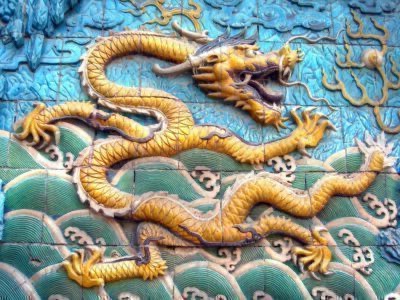
4. The Huayan Monastery
Last stop today: we go to see the Huayan Monastery (80 yuan, 10 €) built during the Liao dynasty (907-1125), it is the largest and best preserved monastery of this dynasty in China.
There are two separate sections for the monastery: the largest room houses five great Buddhas of the Ming dynasty, and the lower section contains a collection of approximately 18.000 volumes of Buddhist scriptures.

Given the busy day we decide to have dinner at the hotel and then go to bed early.
5. The Hanging Monastery
The next morning we get up to visit the "suspended" monastery (Hanging), is located at the foot of the Mount Hengshan, 65 km from Datong city center. (You can get there by bus, then take a taxi from the station, but it is almost more convenient to take a taxi than it costs 150 yuan round trip from Datong, about € 19).
Built in 491, the monastery was largely rebuilt and maintained in the Ming dynasty (1368-1644) and Qing dynasty (1644-1911). To avoid overcrowding they let groups of 20 people in, so it's better to do as we do: arrive around 9 am and avoid unnerving queues. The monastery is gorgeous, I think one of the most beautiful I have seen in China this year, it is completely perched on the mountain wall overlooking the valley, accessible only by a ladder. Walking on balconies you can visit dozens of rooms inside which there are Buddhist, Taoist and Confucius statues: the feeling of vertigo is obviously very strong but the silence, the view and the adrenaline make the place wonderful.

6. Yingxian Wooden Pagoda
On the way back we stop to visit the largest and oldest wooden pagoda in the world, the Yingxian Wooden Pagoda. Erected in 1500, it is a great example of ancient Chinese architecture that still stands today despite a slight slope. Given the slope, it cannot be accessed.
Now that Datong has also given us wonderful emotions full of historicity, the time has come to take us to the airport where the flight to our next destination awaits us.




